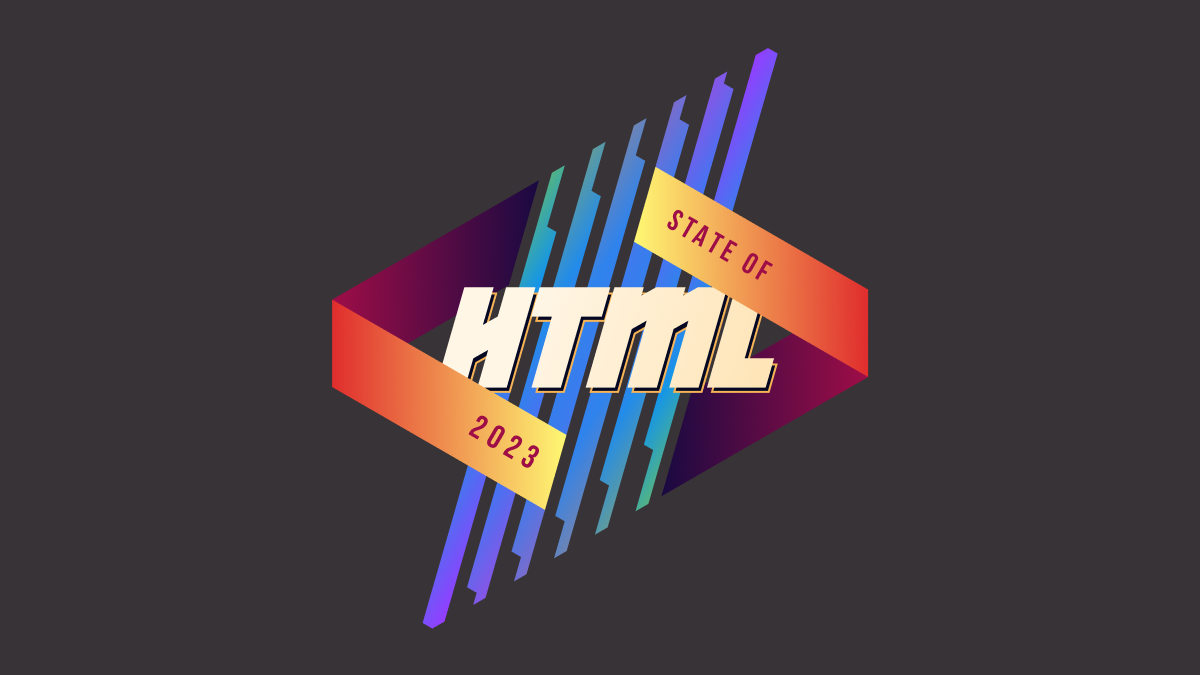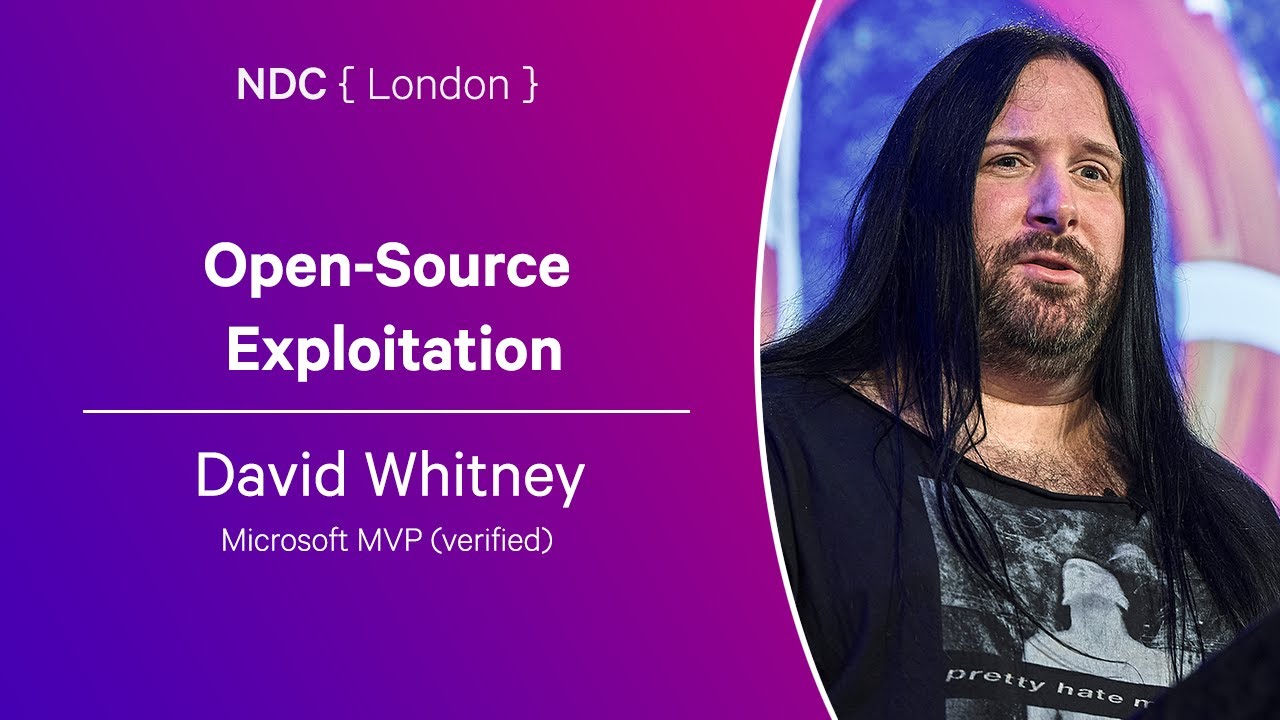Thinker
Person interested in programming, languages, culture, and human flourishing.
- 3 Posts
- 19 Comments
Have you tried developing a GUI app for Windows in the last 5 years? All the official first-party frameworks are either mostly deprecated (WPF, WinForms), or half-baked and despised by every developer I’ve talked to about them (MAUI).
I’ll stick with nushell for terminal-first data interactions.
I think the point is that they don’t want to have to use a full JS framework (which is what HTMX is) for this behavior.
And this is where HTMX fits in. It’s an elegant and powerful solution to the front-end/back-end split, allowing more of the control logic to operate on the back-end while dynamically loading HTML into their respective places on the front-end.
But for a tech-luddite like me, this was still a bit too much. All I really want to do is swap page fragments using something like AJAX while sticking to semantically correct HTML.
EDIT: Put another way, if you look at HTMX’s "motivation"s:
motivation
- Why should only
<a>&<form>be able to make HTTP requests? - Why should only
click&submitevents trigger them? - Why should only
GET&POSTmethods be available? - Why should you only be able to replace the entire screen?
By removing these constraints, htmx completes HTML as a hypertext
It seems the author only cares about the final bullet, and thinks the first three are reasonable/acceptable limitations.
- Why should only

 1·5 months ago
1·5 months agoThis misses the fact that even the experts have been using “AI” to refer to whatever technology used to seem impossible, until it becomes commonplace. Before LLMs there were heuristic algorithms, and then expert systems, and then intelligent agents and then deep learning. As the boundaries of what is deemed achievable expand, the definition of AI moves to just beyond the frontier.

 1120·6 months ago
1120·6 months agodeleted by creator

 1·8 months ago
1·8 months agoI really like Anytype.

 4·9 months ago
4·9 months agoInteresting, I thought Floatplane only hosted LTT content. Nebula has a LOT of creators spanning a very wide gamut of highly content. It has been gaining momentum steadily for several years now.
That said, I’d be happy to see them both succeed. We need more competition, having all internet video (minus NSFW and some short-form) hosted on one platform seems neither sustainable nor ideal.

 142·9 months ago
142·9 months agoOne alternative that seems promising is Nebula. It only fills a small part of the role YouTube currently occupies, since it focuses on being a platform for high quality professional content creators to make unfiltered content for their audience, but it’s funding model seems to be much more honest, stable, and so far viable than an ad-supported platform or the other alternatives. I don’t think anything could realistically replace all facets of YouTube (and I think the internet might be healthier if it were a little bit less centrally-located). A self-sustaining, straight-forwardly funded platform like Nebule seems like the best path forward to me.

 93·9 months ago
93·9 months agoSince I am not a woman, transgender or otherwise, I won’t comment on the differences or similarities of their experiences. That said, excluding transgender women from a woman-oriented space does not seem helpful or thoughtful to me, just transphobic.
Also, distinguishing between women and females is not something I’m familiar with and don’t feel good about it. It’s certainly self-evident that afab women and transgender women have on average different lives experiences especially during their formative years in which an interest in tech and CS is likely to be either cultivated or discouraged. Nonetheless, given the significant prejudice against transgender people, I imagine few women would begrudge them participation in this community.

 2813·10 months ago
2813·10 months agoThe first comment literally wasn’t talking about a whole group of people, they were talking about the men in this thread leaving comments that illustrate the exact reason why this space created by and for women and non-binary people should be about and for the benefit of women and non-binary people.

 7418·10 months ago
7418·10 months agoThis is such a brain dead take. The conference exists to support a group that has been and is actively discriminated against and harassed in the tech industry. All the men crashing the event care not at all about the conference, its mission, and its participants - they’re just desperate to find a job. And while I absolutely sympathize with people suffering unemployment, it’s really shitty (and sadly so typical and indicative of the problem) to flood a space designed for women and non-binary people, completely disregarding them in the race to get ahead.
Flatpak is definitely the way to go if you’re still getting started in your Linux journey.
The reason that flatpak apps are typically more up to date is because they are most often managed by the actual developer of the app. In contrast, the default apps in the Pop shop (which are deb packages, but that’s not super important) are managed and updated by popos itself (and/or Ubuntu/Debian that popos is built on), which is why they’re often slower to update. The developer has little to no day of when these packages are updated, and usually most packages are frozen between major releases of the distro.

 773·10 months ago
773·10 months agoI don’t think we should abide hate speech in any format for any reason.
That said, it’s concerning that the Australian courts were able to get recompense for Barilaro, yet Barilaro’s very real corruption and straight up evil that Friendlyjordies was trying to call attention to has gone completely unaddressed.

 2·1 year ago
2·1 year agoThis is a really neat concept. I love that they’re recognizing the tradeoffs of both tiling and floating window managers and imagining a better way.
I think the mosaic idea is interesting and has a lot of potential. I agree with their self-assessment that it’s success depends greatly on the simplicity and utility of the window preferred size API, and how willing/able app developers are to adopt it. This is unfortunately yet another place where the fragmentation of the Linux ecosystem shows it downsides.
Nonetheless, I’m really hopeful about this. I would love to see a future where mosaic window management becomes ubiquitous. But really I’d be happy as long as my desktop supports configurable workspaces.

 5·1 year ago
5·1 year agoThis is a fantastic overview of the issue with this proposal, in the broader context of enshittification.

 7·1 year ago
7·1 year agoHave been using it since early Alpha days, and I like it a lot but it definitely is still lacking some of the polish of more established tools like Notion.
- Does it work offline? Yes, it does. Your changes are saved locally and synced at the next opportunity. Obviously this can occasionally cause conflicts but in practice I’ve never had issues.
- Does it have databases like Notion? Not exactly. I was never a Notion power user so I can’t say how well they compare, but Anytype lets you define your own custom objects with custom relations (sort of like database columns) and link any objects together, as well as creating Sets of objects of the same type and Collections of objects of any kind. So I think in principle it can replicate all the features of Notion databases but in practice you’d want to change how you think about it to fit Anytype’s model more easily.
- Nothing like that yet, although they just open-sourced all their code and the devs are very active on the official forums receiving feature requests.

 29·1 year ago
29·1 year agoI think you’re confused on a couple of points.
- The laptop just released was the 16 INCH framework, not the 16th generation. It is only the second model of Framework laptop, coming after the 13 inch. They have released parts for 3 generations 11-13) of Intel motherboards for the 13 inch laptop.
- Framework is a fairly new company. They’ve only been around for a handful of years. I believe the very first 13 inch laptops shipped in 2021 (plus or minus a year).
So their track record so far with delivering on their promise of upgrades and repairs is short, but so far it has been stellar.

 972·1 year ago
972·1 year agoI agree with this, Elon is a disingenuous selfish prick, but this source doesn’t provide any indication that Musk admitted anything, it’s just speculation from detractors.
NixOS is a distribution built around the package manger Nix. Nix is not necessarily an iteration of Flatpak ( especially since it’s been around since 2004), but it does accomplish many of the same goals in a more robust way with fewer trade offs.
The main idea of nix is that EVERY dependency of a package is tracked, from the exact glibc version all the way up to e.g. Python packages. I am not a Nix expert, but my surface-level understanding is that this is accomplished by hashing the package and all its dependencies, very aggressively, so that even if a hot fix patch is released that doesn’t change the version number, the new package is still different (as is every package that depends on the new version). That enables Nix to be the best of all worlds as far as sharing system packages like a native dependency while assuring stability and encapsulation like a flatpak. So it ends being as fast and small as the former while being as convenient and cross-distro as the latter. There are other innovations, like declarative dependency management and perfect rollbacks, that make Nix/NixOS stand out, but the above is it’s main innovation over Flatpak and older system package managers.




For anyone interested in learning more about bloom filters, this is a technical but extremely accessible and easy to follow introduction to them, including some excellent interactive visualizations: https://samwho.dev/bloom-filters/